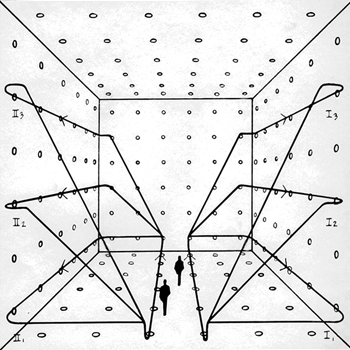How do you solve #x^4+i=0#?
2 Answers
Explanation:
Using Euler's formula (or DeMoivre's theorem, if you like):
So:
Running through the
And then they start repeating.
The four roots are:
#x=+-(sqrt(2+sqrt(2))/2 - sqrt(2-sqrt(2))/2i)#
#x=+-(sqrt(2-sqrt(2))/2 + sqrt(2+sqrt(2))/2i)#
Explanation:
Here's an alternative non-trigonometric method...
If
#+-((sqrt((sqrt(a^2+b^2)+a)/2)) + (b/abs(b) sqrt((sqrt(a^2+b^2)-a)/2))i)#
(See: https://socratic.org/s/aES256Hm)
Applying this to the square root of
#+-((sqrt((sqrt(color(blue)(0)^2+(color(blue)(-1))^2)+color(blue)(0))/2)) - (sqrt((sqrt(color(blue)(0)^2+(color(blue)(-1))^2)-color(blue)(0))/2))i)#
#=+-(sqrt(2)/2-sqrt(2)/2i)#
The square roots of
#+-((sqrt((sqrt((color(blue)(sqrt(2)/2))^2+(color(blue)(-sqrt(2)/2))^2)+color(blue)(sqrt(2)/2))/2)) - (sqrt((sqrt((color(blue)(sqrt(2)/2))^2+(color(blue)(-sqrt(2)/2))^2)-color(blue)(sqrt(2)/2))/2))i)#
#=+-((sqrt((sqrt(1/2+1/2)+sqrt(2)/2))/2)) - (sqrt((sqrt(1/2+1/2)-sqrt(2)/2)/2))i)#
#=+-((sqrt((1+sqrt(2)/2)/2)) - (sqrt((1-sqrt(2)/2)/2))i)#
#=+-(sqrt(2+sqrt(2))/2 - sqrt(2-sqrt(2))/2i)#
Rather than simplifying again, note that we can find the square roots of
#+-(sqrt(2-sqrt(2))/2 + sqrt(2+sqrt(2))/2i)#
So the fourth roots of
#+-(sqrt(2+sqrt(2))/2 - sqrt(2-sqrt(2))/2i)#
#+-(sqrt(2-sqrt(2))/2 + sqrt(2+sqrt(2))/2i)#


